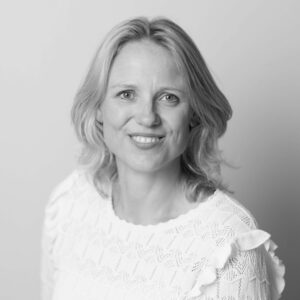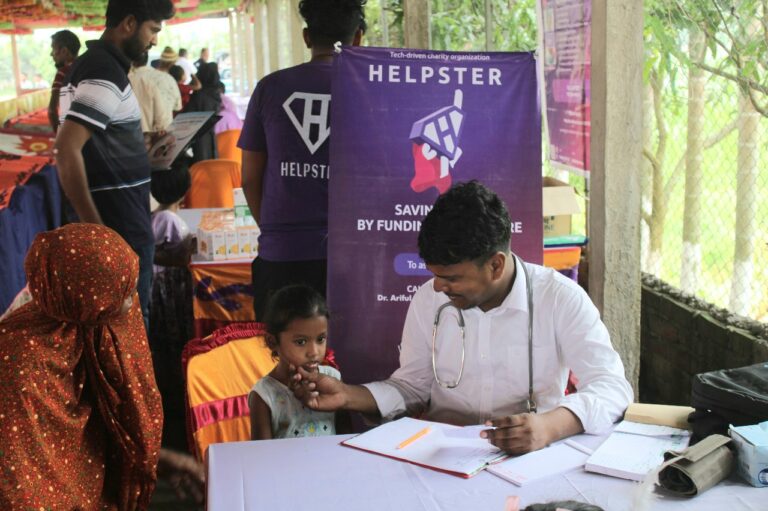
Healthcare systems across the world are under immense pressure. In the UK, you only have to switch on the news or pick up a paper to be bombarded with headlines that the NHS is at breaking point with growing waiting times for specialist care and delays to ambulances responding to emergency calls.
This is having a disproportionate impact on the most deprived parts of England. Research from the Nuffield Trust in October 2024 shows that 21% of people in England’s most deprived areas say they have been waiting a year or more for NHS care, compared to 12% in the least deprived areas. A study from Cancer Research UKalso showed that patients living in the most deprived areas were 33% more likely to wait over 104 days to receive treatment than the least deprived quintile.
There are a multitude of reasons why we’re seeing this trend, one of which is the fact that people in deprived areas are less likely to have access to the best consultants, simply because these doctors are less likely to live in those areas. People from the most deprived areas also end up attending A&E more often.
Access to healthcare becomes even more of a problem when you consider some other areas of the world. Increasing geopolitical tensions have led to a huge increase in conflicts, which have displaced millions and led to numerous issues with access to healthcare.
Luckily, innovation and investment for example, in tech, if adopted on a large scale, will help to combat this. However, proposed changes to technology are often far too complicated, and overworked and stressed staff are unable to find the time to understand and implement them.
If it’s difficult for consultants in the UK to do this, the problem is even worse for doctors who are trying to treat patients in some of the poorest nations in the world.
However, technology doesn’t have to be complicated. It can be easy to understand, simple to use, and have instant benefits.
One way to do this is to adopt tech that streamlines communication between primary care doctors (such as GPs and paramedics) with specialists.
In instances where GPs or paramedics have exhausted their own care options and aren’t sure whether a patient needs to go to hospital or not, having the technology to quickly speak with specialists for advice is incredibly important. It means that often patients can be started on treatment immediately or be directed to the best place for their care, whether that is in hospital or in the community.
It might sound like an obvious solution, but it isn’t happening everywhere. For paramedics and GPs who can’t access instant guidance they are left with two options: take the patient to hospital or, if time allows, call a hospital switchboard. The busy nature of hospital switchboards means calls go unanswered or they are diverted to the wrong department.
It’s hardly surprising that patients are sent to the hospital in these scenarios, but it can lead to a build-up of pressure for hospital staff who have to manage patients who don’t need to be there.
Technology doesn’t have to be complicated in order to have an impact. Simple ideas can improve healthcare in the UK and abroad.
As already discussed, this is a bigger problem in deprived areas, where the level of a patient’s deprivation is directly correlated with how likely they are to end up going to A&E.
Fortunately, there is simple tech out there that’s remedying this. Consultant Connect’s tech covers over 42 million NHS patients and allows primary care clinicians to contact consultants in less than 30 seconds on average.
This rapid advice is often the difference between going to hospital and not. These interactions helped over 400,000 patients avoid unnecessary hospital attendances last year.
However, the reason why this is particularly important for those in deprived areas is because Consultant Connect runs a network of NHS consultants that can support trusts that may struggle to have the capacity to do this themselves.
The consultants answer calls or messages whenever a local team is unavailable. They also help ensure patients already on a waiting list are treated more quickly by triaging waiting lists remotely.
Consultants can write up management plans and redirect referrals to the most appropriate treatment, speeding up any urgent cases so patients who need to be seen are seen faster.
This means that patients in deprived areas can get advice from consultants from all around the UK that they would have never seen before, giving them better access to healthcare.
This is already having dramatic impacts, but its use isn’t limited to the UK, it’s also being used to benefit some of the most deprived areas in the world. For example, the app is being used to connect British doctors with healthcare workers in Myanmar, which is suffering from a civil war that erupted in 2021.
The conflict has led to skin diseases such as leprosy spreading, and the Burma Skincare Initiative points out that there’s fewer than 100 dermatologists at three centres to cover over 55 million people. These people often have to travel many miles, and sometimes even days to get care for their conditions that isn’t available in their local area. This is a tall task for the patients and for those treating them.
Fortunately, this simple app is allowing doctors from some of the best hospitals in the UK to give diagnostic advice to those on the ground – advice that they would never have been able to get otherwise. It of course does not solve the problem, but being able to diagnose conditions gives doctors much more clarity on how to act, which could be the difference between life and death.
This shows the power of simplicity. Technology doesn’t have to be complicated in order to have an impact. Simple ideas can improve healthcare in the UK and abroad.

Kat James
Kat James is Director of New Projects at Consultant Connect, one of the UK’s leading telemedicine providers.



